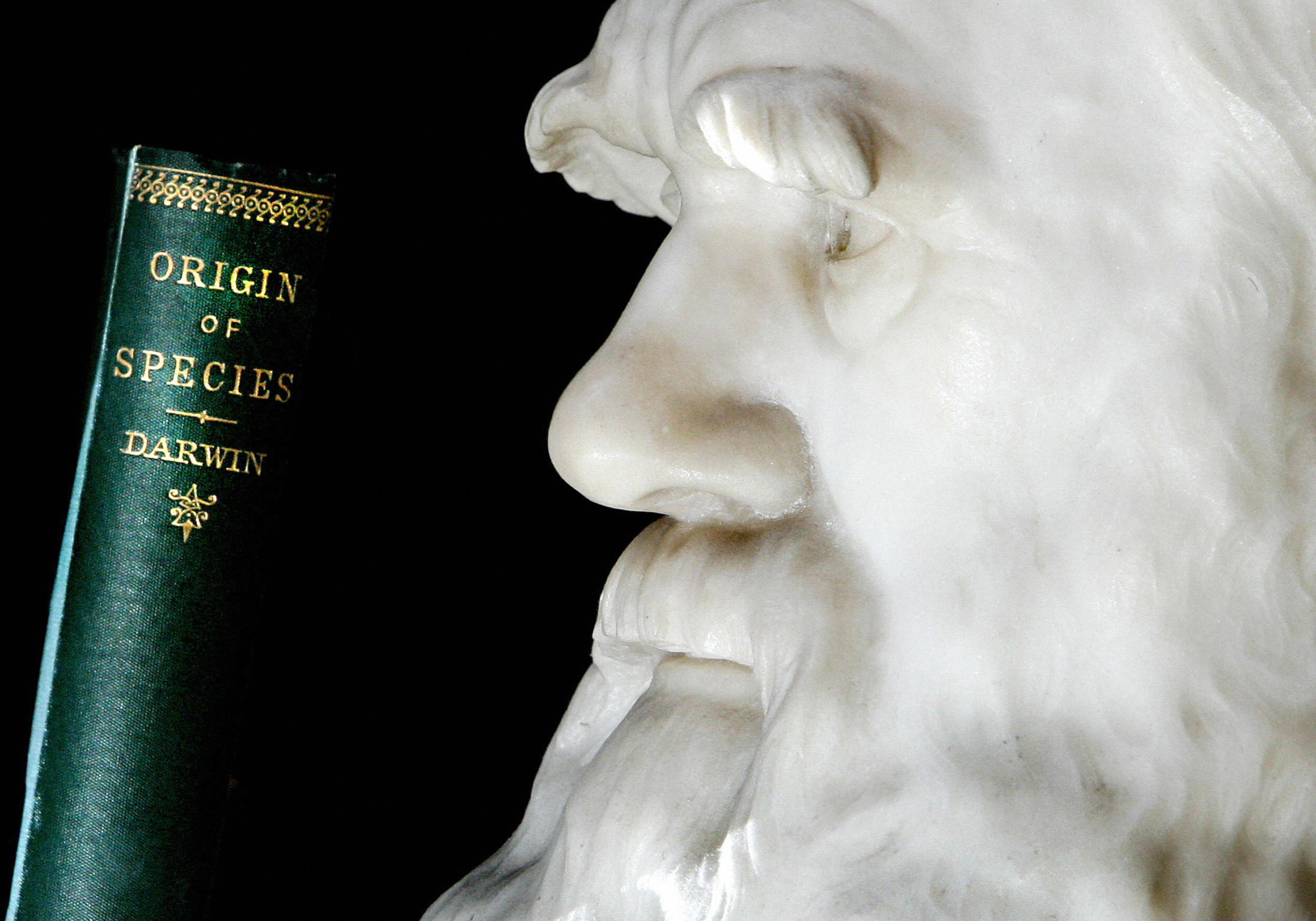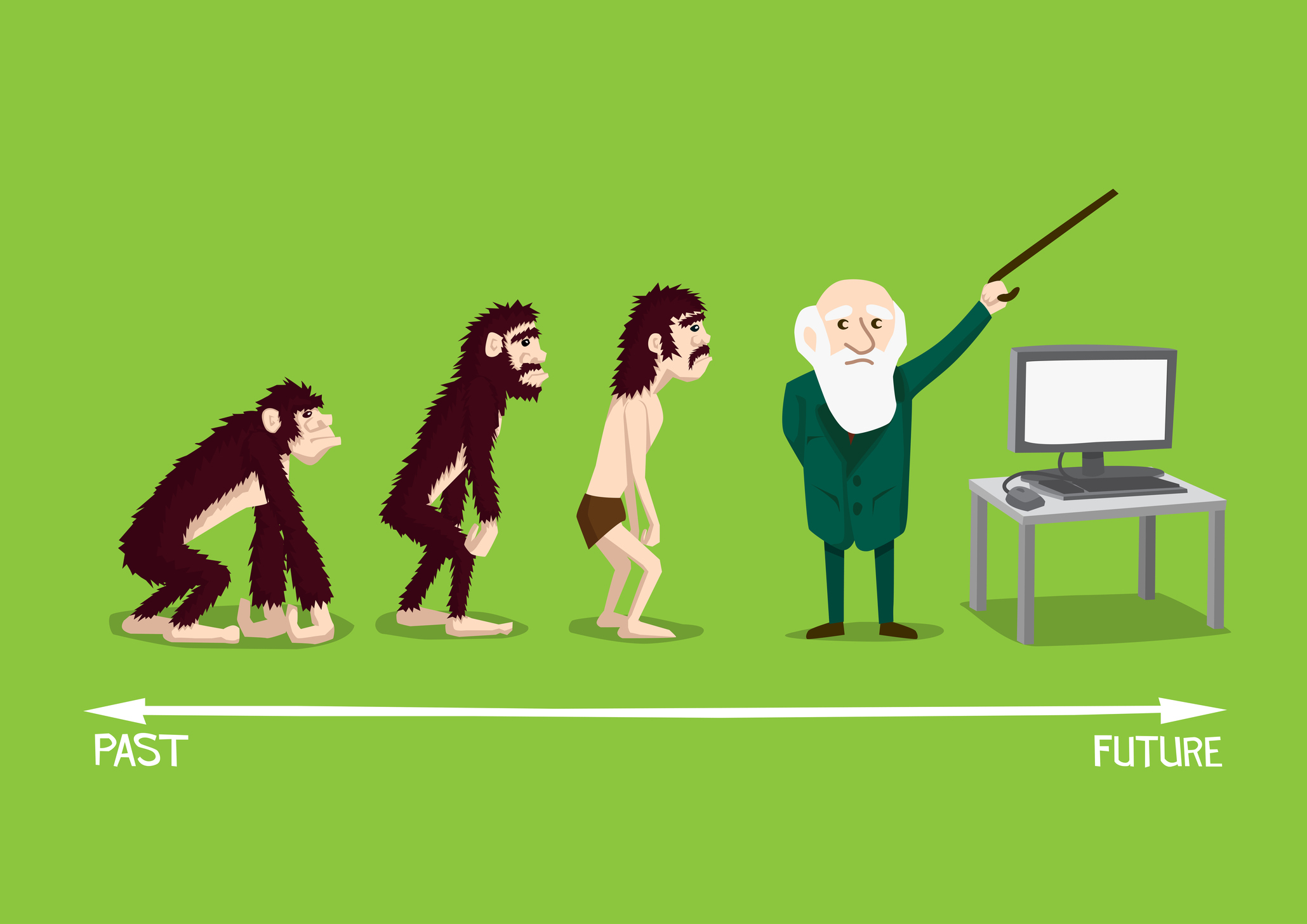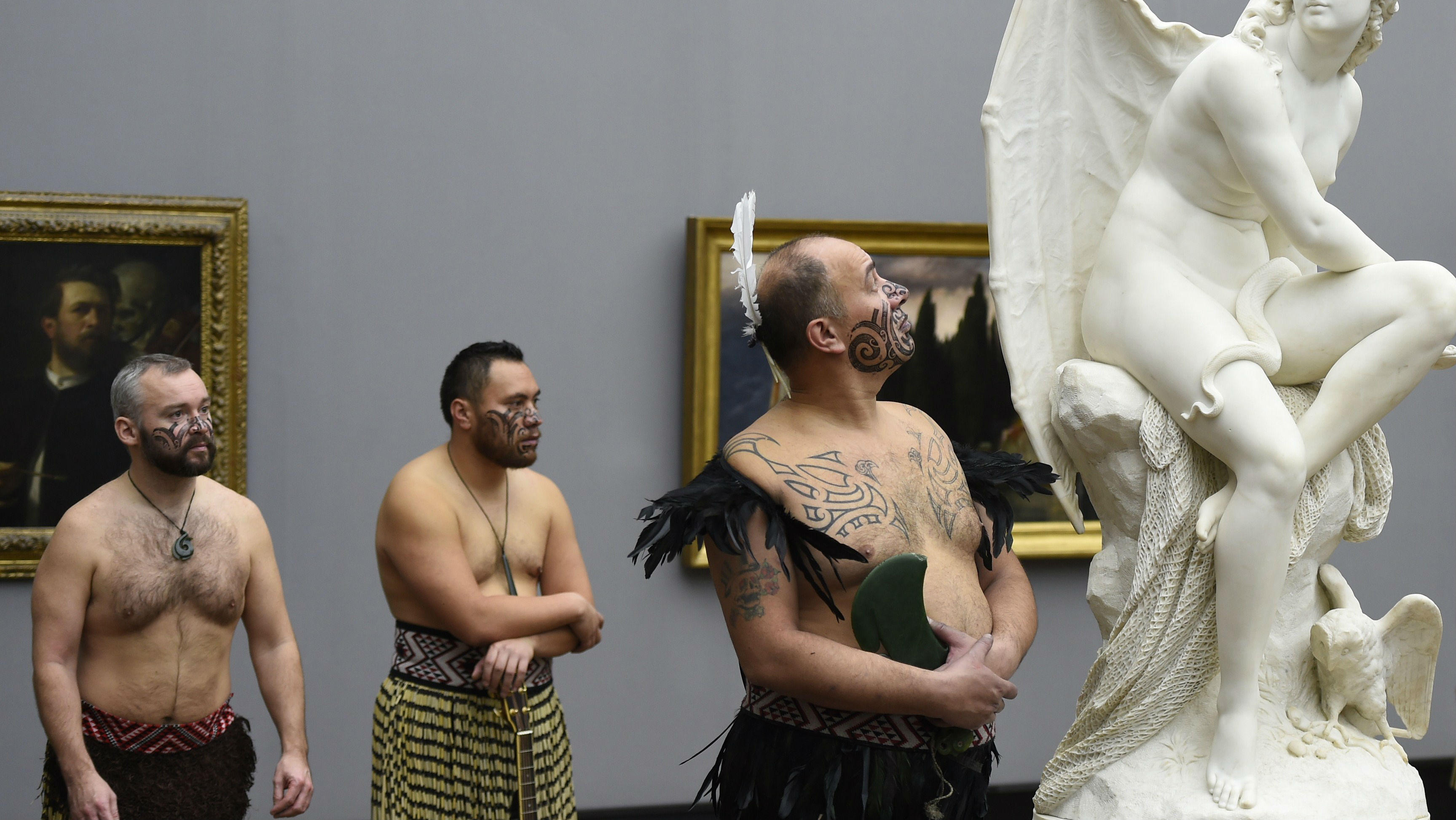Culture & Religion
All Stories
The idea that “you” persist after death does not hold up to the current understanding of memory and identity.
Harmony and moderation make for a happier life.
From Atlantis to Thule, these mythical locales have captivated people’s imaginations for centuries.
How much can something change and still be the same thing?
From questionable shipwrecks to outright attacks, the Sentinelese clearly don’t want to be bothered.
Should we take people’s drunken behavior as evidence of their true character?
Journey to the West is rightly considered one of the most influential novels ever written, but the real reason for its success may be its charismatic poster-boy: The Monkey King.
What started as a viral case of public shaming has morphed into a dark story involving internet sleuths, a criminal network, and the suspicious death of a 62-year-old man in St. Louis.
From the Notre Dame to Buddhist statues, dozens of irreplaceable artifacts are destroyed every year by both man and nature.
Socrates is considered the “Father of Western Philosophy,” but perhaps that honorific should go to Plato.
Vienna leads as the most livable cities in the world.
Our modern-day Kafka on his new novel Lake Success and the dark comedy that in 2018 pretty much writes itself
We need religion not to tell us what to think but to help us feel: it has evolved to manage human emotions.
The history of trading equality for food.
It should get people talking …
More than 5,000 teens were involved in this longitudinal study.
Some parts of the world are going backward right now. Where will it leave us?
The Pew Research Center has classified Americans into seven distinct religious types.
The researchers in this study found that doctors are prescribing opioids even to patients who don’t have any pain-related symptoms. Why?
The Chinese government announced it will be genetic testing potential Olympic athletes for the 2022 Games. What could possibly go wrong?
The way we represent other genders or ethnicities in literary fiction shows the limitations of our capacity for empathy and compassion.
The astrophysicist Dame Jocelyn Bell Burnell has been awarded a special Breakthrough prize for discovering pulsars in the 1960s.
When the zombies come, when the bombs fall, or when biological warfare breaks, where will you go? If you’re a wealthy tech executive in Silicon Valley, odds are it’s New Zealand.
The less that parents “walk the walk” about religious beliefs, the more likely their children are to walk away.
The hundreds of people that show up for flat Earth conventions are not the problem. What this type of thinking leads to is.
Australian students are becoming more secular. American students are staying relatively the same.
The idea that one culture ‘owns’ a particular heritage, or that certain practices are too culturally sensitive to be talked about, may create barriers between people.
A former Vatican ambassador has accused Pope Francis and other church leaders of wittingly covering up sexual abuse, an unprecedented accusation that highlights escalating tensions within the Catholic Church.
A study from Iowa State University draws a direct link between gym class and adult exercise habits.
A new study shows how bots and Russian trolls have been spreading misinformation and confusion on Twitter about vaccination in an apparent attempt to sow discord among Americans.




























